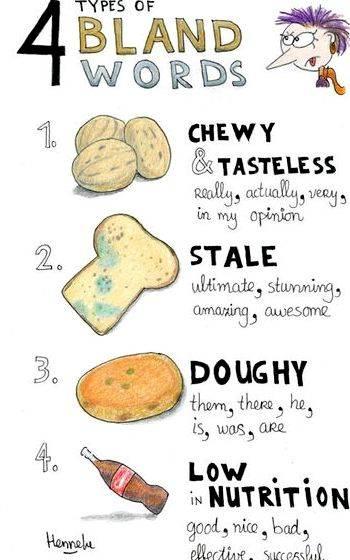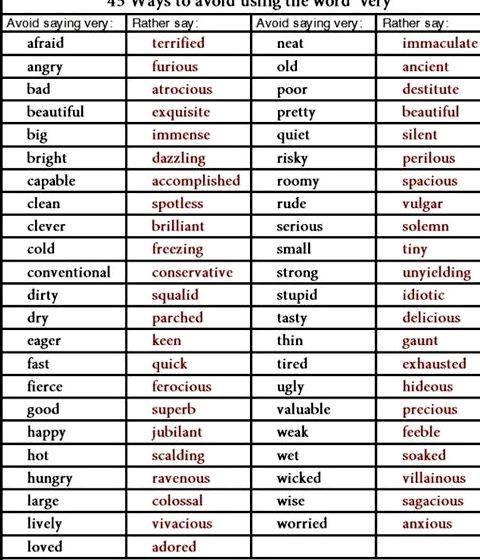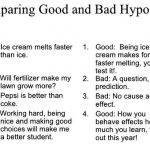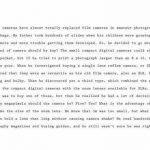Details are not simply lists of words and phrases used to describe the physical appearance of story characters and settings. Every detail should have more than one purpose. Details are word pictures that enable a reader to experience sights, sounds, smells of scenes and characters. They should provide insight into a character’s personality and motivation by expressing that character’s thoughts and emotions. Details should move the plot forward.
Here are 10 ways you can use details to spice up your writing:
• Choose details that do double duty. Show what your character is doing and why she’s doing it.
Instead of: She was about to commit suicide.
Write: Her eyes widened and her face paled as she moved closer to the dark water she hoped would end her problems once and for all.
• Use sensory details that convey what a character sees, hears, feels, tastes, and smells.
Instead of: She had to save the child from the house that was on fire.
Write: The burning heat and blinding smoke couldn’t stop her from racing toward the panicky cries of the small child.
• Use strong verbs and specific nouns rather than a clutter of adjectives and adverbs.
Instead of: The old car was full of people from out-of-town.
Write: The jalopy rumbled by crammed with Dust Bowl immigrants.
• Add details that make a character or place unique
The VW bumped through narrow, unnamed streets past unnumbered shacks and shops constructed from whatever materials people could scavenge—tin, wood, cardboard, corrugated steel shipping containers. Paint in cheerful pastel pinks, blues, greens, and yellows covered the sad structures.
The daycare center smelled of sweating children seasoned with scents from their homes and streets—barbecue, kerosene and smoke; urine, dog odor, dust.
• Choose details that are important to the plot or character development .
It was much darker than she’d expected and she had to use her small purse flashlight to avoid the potholes in the road. She didn’t see people milling around like back home in Harlem. No one on the street. She walked by the Shebeen and noticed a couple of men seated at a table nursing drinks. She ignored their hoots and whistles as she passed.
• Use just enough details to enable the readers to fill in the rest of the picture for themselves.
Instead of: She was hot
Write: She gulped down a glass of water, upped the desk fan speed to high and directed the air toward her face
• Instead of making narrative a statement, use details to describe behaviors that show emotion
Instead of: He was scared of what he saw in the hut.
Write: He raised one foot over the wood threshold. It froze in midair. The boy’s pupils dilated, a high-pitched gasp escaped his lips and his heart thudded. He reeled as if struck by a blow.
• Make your details unusual
A man stood beside a sturdy wooden table that extended partially into the narrow street. In one hand he wielded a large knife. In the other hand he held a brown-haired sheep head over a rusty drum of steaming water. “It’s a smiley,” he said.
Remember to use details with care. Don’t drown your reader in a flood of descriptive words that leave no room for imagination. Use just enough well-chosen details to spice up your writing.

More Writing Tips:
Author’s Voice: How to find it?






 Writing a nature mythical creatures
Writing a nature mythical creatures Writing a good hypothesis worksheet for growing
Writing a good hypothesis worksheet for growing Writing your own will uk
Writing your own will uk Cant place writing desk mystcraft guide
Cant place writing desk mystcraft guide Writing a paragraph introducing yourself
Writing a paragraph introducing yourself






